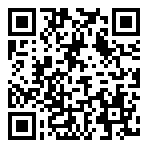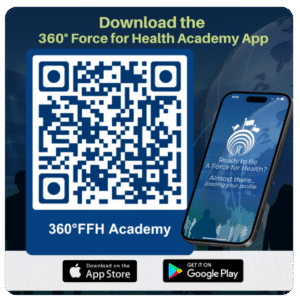
National HIV Testing Day
Sponsored by HIV.gov, National HIV Testing Day on June 27 is an opportunity to encourage people to get tested for HIV, know their status, and get linked to care and treatment. Check out this CDC resource for information on the importance of HIV testing and help spread the word on your platforms.
You can also share our MyHealthfinder resource to encourage people to get tested for HIV.
Finally, use Healthy People 2030 to track progress toward objectives related to HIV and other sexually transmitted infections.
HIV Testing

Get answers to your personal questions about HIV testing and learn more about the benefits of knowing your HIV status.Clinician resources on routine screening, how to ask patients about their sexual health, and partner notification.
Background
An estimated 1.2 million people in the United States have HIV, including about 161,800 people who are unaware of their status. Nearly 40% of new HIV infections are transmitted by people who don’t know they have the virus. For people with undiagnosed HIV, testing is the first step in maintaining a healthy life and preventing HIV transmission.
CDC’s Revised Recommendations for HIV Testing of Adults, Adolescents, and Pregnant Women in Health-Care Settings advises routine HIV screening of adults, adolescents, and pregnant women in health care settings in the United States. The recommendations also call for reducing barriers to HIV testing. In April 2013, the U.S. Preventive Services Task Forceexternal icon issued similar guidance.
CDC recommends that everyone between the ages of 13 and 64 get tested for HIV at least once as part of routine health care. For those at higher risk, CDC recommends getting tested at least once a year.
Dataexternal icon from a clinical trial sponsored by the National Institutes of Health show a clear personal health advantage to being diagnosed with HIV early and starting treatment right away. This information further highlights the importance of routine HIV testing and its potential impact on better health outcomes.
Importance of HIV Testing for Prevention of HIV Infection
People with HIV who are aware of their status can get HIV treatment (called antiretroviral therapy or ART) and remain healthy for many years. Studies show that the sooner people start treatment after diagnosis, the more they benefit from ART. Treatment with ART reduces the amount of HIV in the blood (called viral load), reduces HIV-related illness, and helps prevent transmission to others. People with HIV who take HIV medicine as prescribed and get and keep an undetectable viral load (or stay virally suppressed) have effectively no risk of transmitting HIV to HIV-negative sex partners.
People who get tested and learn they don’t have HIV can also make decisions about sex, drug use, and health care that can protect them from HIV. For people at risk for HIV, taking HIV medicine called pre-exposure prophylaxis (or PrEP) is highly effective for preventing HIV.
HIV Tests for Screening and Diagnosis
HIV tests are very accurate, but no test can detect the virus immediately after infection. How soon a test can detect HIV depends upon different factors, including the type of test being used. There are three types of HIV diagnostic tests: nucleic acid tests (NAT), antigen/antibody tests, and antibody tests.
- NATs look for the actual virus in the blood. This test is very expensive and is not routinely used for HIV screening unless the person recently had a high-risk exposure or a possible exposure with early symptoms of HIV infection. A NAT can usually detect HIV infection 10 to 33 days after an exposure.
- Antigen/antibody tests look for both HIV antibodies and antigens. Antibodies are produced by your immune system when you’re exposed to viruses like HIV. Antigens are foreign substances that cause your immune system to activate. If you have HIV, an antigen called p24 is produced even before antibodies develop. Antigen/antibody tests are recommended for testing done in labs and are now common in the United States. An antigen/antibody testperformed by a laboratory on blood from a vein can usually detect HIV infection 18 to 45 days after an exposure. There is also a rapid antigen/antibody test available that is done with a finger prick. Antigen/antibody tests done with blood from a finger prick can take longer to detect HIV (18 to 90 days after an exposure).
- Antibody tests look for antibodies to HIV in your blood or oral fluid. Antibody testscan take 23 to 90 days to detect HIV infection after an exposure. Most rapid tests and the only FDA-approved HIV self-test are antibody tests. In general, antibody tests that use blood from a vein can detect HIV sooner after infection than tests done with blood from a finger prick or with oral fluid.
An initial HIV test usually will either be an antigen/antibody test or an antibody test. If the initial HIV test is a rapid test or a self-test and it is positive, the individual should go to a health care provider to get follow-up testing. If the initial HIV test is a laboratory test and it is positive, the laboratory will usually conduct follow-up testing on the same blood sample as the initial test. Although HIV tests are generally very accurate, follow-up testing allows the health care provider to be sure the diagnosis is right.
Resources for FDA-approved laboratory tests, self-tests, and testing of self-collected samples are available. Learn more about testing in nonclinical settings and screening in clinical settings.
Event Attendees
No attendee found! Be the first one to book!








Responses